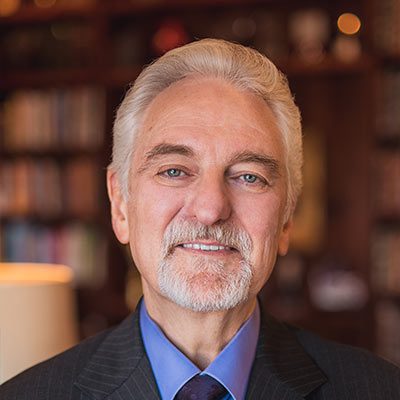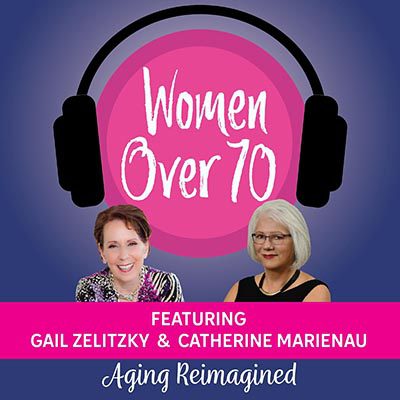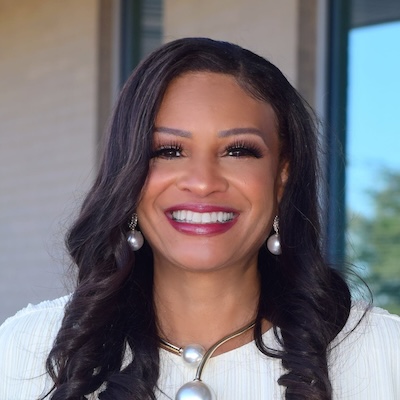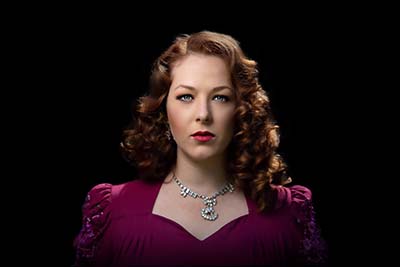“Who will take care of us when we can’t take care of ourselves?”
Where does someone go who doesn’t have anyone to care for them as end of life approaches?
Most people, when told they can’t be fixed, believe they will stay at home, alone if necessary, and die in their own bed. Unfortunately, as death approaches none of us will be able to take care of ourselves. There will come a point when we will need assistance. We probably won’t even be aware we need assistance, but we will.
The above question, “Who will take care of us when we can’t take care of ourselves?” is part of the current medical/ social dilemma facing Americans today. The first thought is that husbands, wives, children, brothers, sisters will fill that role. However, not everybody has a family to care for them, and many peoples’ families CAN’T take care of them. The second thought is “I’ll be in the hospital,” although in reality this is unlikely. A nursing facility is generally our last thought, but not everyone has the finances to hire in-home care or to enter residential care facilities.
Yes, those on Medicaid can enter assisted living or Nursing facilities. But what about those people that fall in between; those with too many resources for medical assistance but not enough to pay the high cost of residential care?
Some give away their assets, buy everything they have always wanted, and then apply for medicaid so they can enter assisted living or residential care. Some have a helpful neighbor or friend, but that is an exception.
Enter Hospice, a hospice with a hospice house. Hospice comes with a social worker who can help figure out and facilitate a program of care by exploring community resources. Hospice has volunteers who will visit, do errands, and provide assistance. In the last week or so of life, the hospice may be able to admit you into their hospice house and you could die there. That’s a big maybe, but certainly a possibility.
Bottom line: our healthcare system doesn’t really address end of life care for someone living alone. Dying truly takes a village and for some that village is thinly populated.
Something More… about“Who will take care of us when we can’t take care of ourselves?”
It is important for all of us to educate ourselves on what end of life care entails. If we anticipate being alone or with very little help, we need to plan well. To understand the dying process I encourage you to read The Final Act of Living.
From Rita B.
“I wish I had known about this book while my husband was sick. Everyone should read this. There is so much information that is sorely needed when a friend, loved one or oneself is facing death. It could have prevented a lot of anguish.”
Originally Published on https://bkbooks.com/blogs/something-to-think-about
























